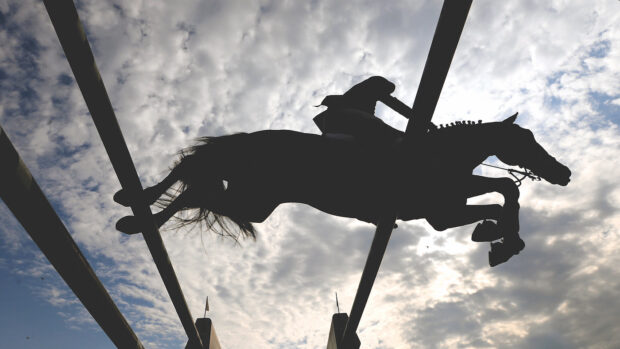The importance of the inheritance of a dominant trait has just been studied by examining a warmblood sire from Switzerland.
He had been a successful international showjumper, but had an inherited form of exertional (ER, or more commonly known as tying-up).
He had 71 descendants.
The horses’ history — husbandry, feeding and use — was assessed by interviewing their owners. All animals were checked for GYS1, a dominant gene responsible for some cases of tying-up.
Signs of ER were reported in 39% of progeny, while 51% of the entire family possessed the GYS1 mutation. Horses possessing the GYS1 mutation had more than a seven-times higher risk of developing ER compared to those without the gene.
There was evidence that feeding oil reduced the clinical signs of ER, but this research highlighted the fact that breeding animals with the GYS1 mutation results in a high prevalence of ER.
And what about navicular disease?
Scientists in America at the Dorothy Russell Havemeyer Foundation recently published a 207-page report in the journal Animal Genetics that highlighted interesting new research, including one study that pinpointed certain genes responsible in part for the development of navicular disease.
A study of DNA from 192 Hanoverian warmbloods identified two separate genes that appeared to increase the size and alter the shape of the distal border foramina (located at the lower edge of the navicular bone and a clinical sign that is often associated with this disease).
A previous study had already shown that a segment of DNA on chromosome 10 appeared to be involved.
Now the DNA is being investigated to see how crucial it really is in the development of navicular disease.
Feeding, shoeing and other environmental factors are also recognised to be relevant.
The puzzle is establishing how all the factors interact to affect horses’ feet.
For the full veterinary article on genetics, see the current issue of Horse & Hound (3 March, 2011)
Find out more about genetics in horses
Looking for an equine vet?



